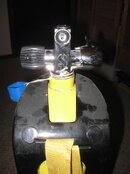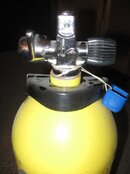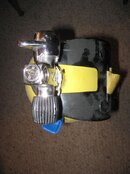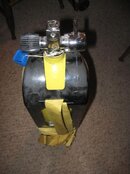Well, now they have yoke vs DIN. Today you can go on line and find a buddy if you want on Craig's List or SB. Tragically, the mindset by the time I started diving was that if you didn't have a buddy (even a crappy insta-buddy) was that you were going to turn into a pumpkin upon touching the water. I missed out on a lot of good diving because of the dogma of the day said if you didn't have a buddy YOU WERE GOING TO BE PULLLED DEAD FROM THE WATER....
The net has probably done as much to improve diving as the SPG did, maybe more...
---------- Post added April 27th, 2014 at 06:12 AM ----------
I think we had better basic training back in 1980 (when I was certified) because we really were not likely to go and collect certification cards like people do today, courses were built around a bunch of pool time to learn the basic skills and here is a lot of theory about how to plan a dive safely. Oh, and now we'll scare the crap out of you by making you practice the dive tables... Better know those inside and out (mistakes on those can really make you die...). with all the pool time we also spent a lot of time actually getting trained to dive with a buddy, so you had real buddy skills.











